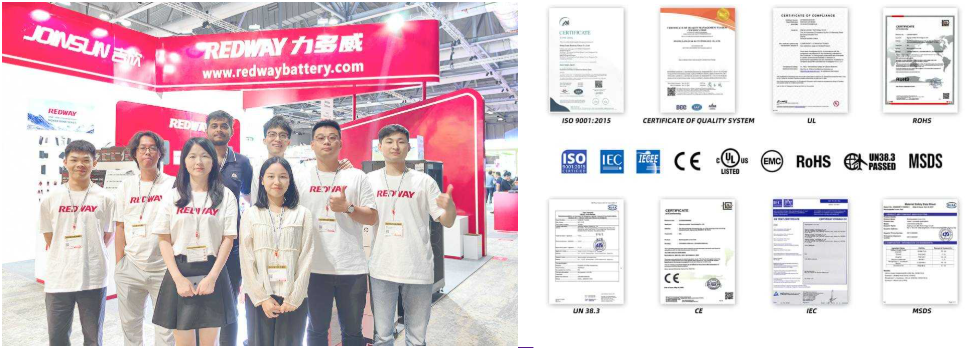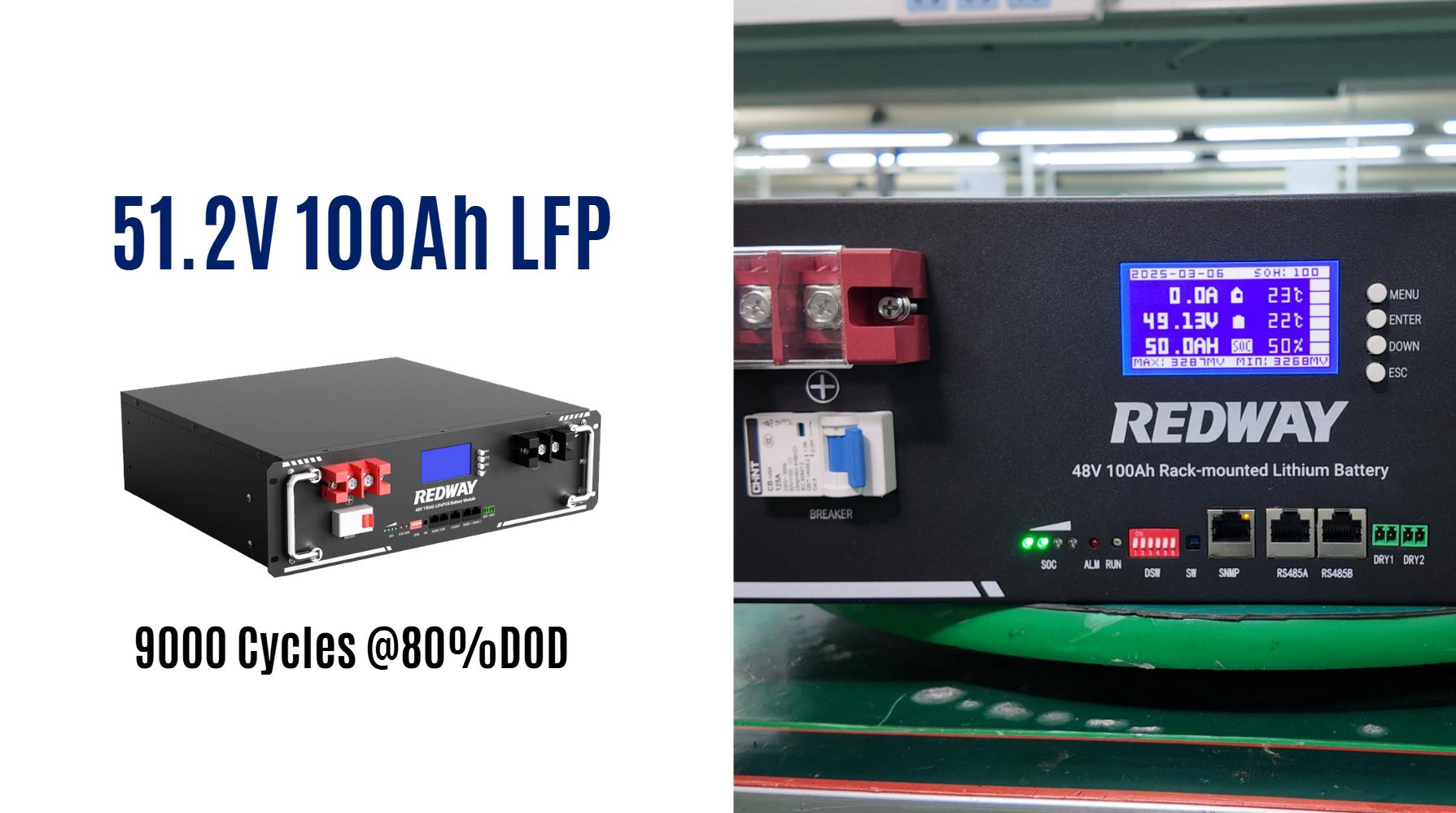Industrial battery storage racks are modular frameworks designed to securely house large-scale battery systems for energy storage. They optimize space, enhance thermal management, and ensure safety in facilities like data centers, renewable energy plants, and manufacturing hubs. These racks support lithium-ion, lead-acid, and flow batteries, enabling scalable energy solutions for peak shaving, load balancing, and emergency backup power.
How Do Industrial Battery Storage Racks Improve Energy Efficiency?
These racks integrate advanced thermal regulation systems to prevent overheating, reducing energy waste. By organizing batteries in compact, ventilated layouts, they minimize voltage drop and resistance. Modular designs allow incremental capacity expansion, aligning energy storage with demand. Some racks include AI-driven monitoring to optimize charge cycles, extending battery lifespan by up to 20% compared to unmanaged setups.
What Safety Standards Govern Industrial Battery Rack Systems?
Key standards include UL 9540 for fire safety, IEC 62619 for lithium-ion stability, and NFPA 855 for installation spacing. Racks must feature flame-retardant materials, spill containment trays, and seismic bracing. Arc-fault detection and isolation mechanisms are mandatory in regions with strict grid codes. Third-party certifications like TÜV Rheinland’s ESS compliance mark ensure adherence to these protocols.
Wholesale lithium golf cart batteries with 10-year life? Check here.
Which Battery Chemistries Work Best with Storage Racks?
Lithium iron phosphate (LFP) dominates due to its high energy density (150-200 Wh/kg) and thermal stability. Nickel-manganese-cobalt (NMC) racks suit high-drain applications like EV charging buffers. For stationary storage, flow batteries (vanadium redox) excel in cycle longevity (20,000+ cycles) but require larger racks. Lead-carbon remains cost-effective for low-frequency discharge scenarios.
Can Existing Facilities Retrofit Battery Storage Racks?
Retrofitting requires structural analysis for weight distribution (racks weigh 500-2,000 kg/m²). Slotted channel framing allows customization in uneven spaces. Compatibility with legacy BMS protocols like Modbus or CAN bus is critical. Case studies show 6-18 month ROI when retrofitted racks offset demand charges in commercial buildings. Always consult fire marshals for egress path compliance.
Want OEM lithium forklift batteries at wholesale prices? Check here.
What Innovations Are Transforming Battery Rack Design?
Phase-change materials (PCMs) embedded in rack walls absorb excess heat without fans. Wireless cell-level sensors now predict swelling and dendrite growth. Tesla’s Megapack V2 uses liquid-cooled racks with 60% higher density than air-cooled models. Startups like Energy Vault combine rack storage with gravity-based kinetic energy systems for hybrid resilience.
How Do Regulatory Landscapes Impact Rack Deployment?
California’s Title 24 mandates rack-integrated solar storage in new warehouses. EU’s Battery Passport regulation (2027) will require QR-code-tracked rack components. In hurricane zones, racks must withstand 165 mph winds per ASCE 7-22. Tax incentives like the U.S. ITC cover 30% of rack costs if paired with renewables—consult local codes before procurement.
Expert Views
“Modern battery racks aren’t just shelving—they’re cyber-physical systems,” says Dr. Elena Voss, Redway’s Chief Engineer. “We’ve embedded predictive analytics directly into rack structures, enabling real-time strain monitoring on cell interconnects. This cuts maintenance costs by 40% in megawatt-scale installations. The next leap? Racks with integrated solid-state breaker panels to replace traditional switchgear.”
Conclusion
Industrial battery storage racks form the backbone of modern energy resilience, merging engineering precision with regulatory rigor. As chemistries evolve and AI-driven management matures, these systems will increasingly dictate the feasibility of grid-scale renewables. Strategic rack selection now impacts operational costs for decades—prioritize modularity, compliance, and lifecycle analytics.
FAQs
- Q: How long do battery racks typically last?
A: 15-25 years, depending on corrosion coatings and load cycling frequency. - Q: Do racks require specialized foundations?
A: Yes—most need reinforced concrete slabs (≥ 2500 psi compressive strength). - Q: Can racks operate in Arctic conditions?
A: With glycol-based heating jackets, yes (-40°C rated systems exist).






